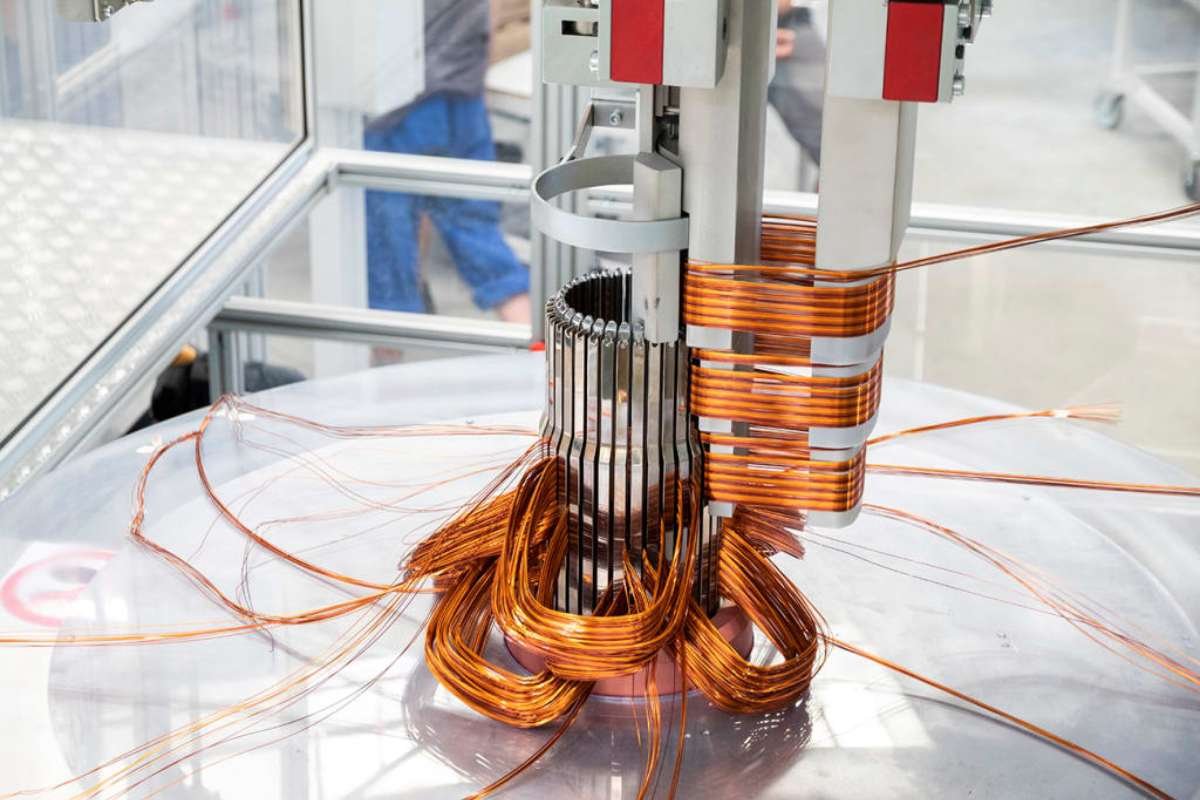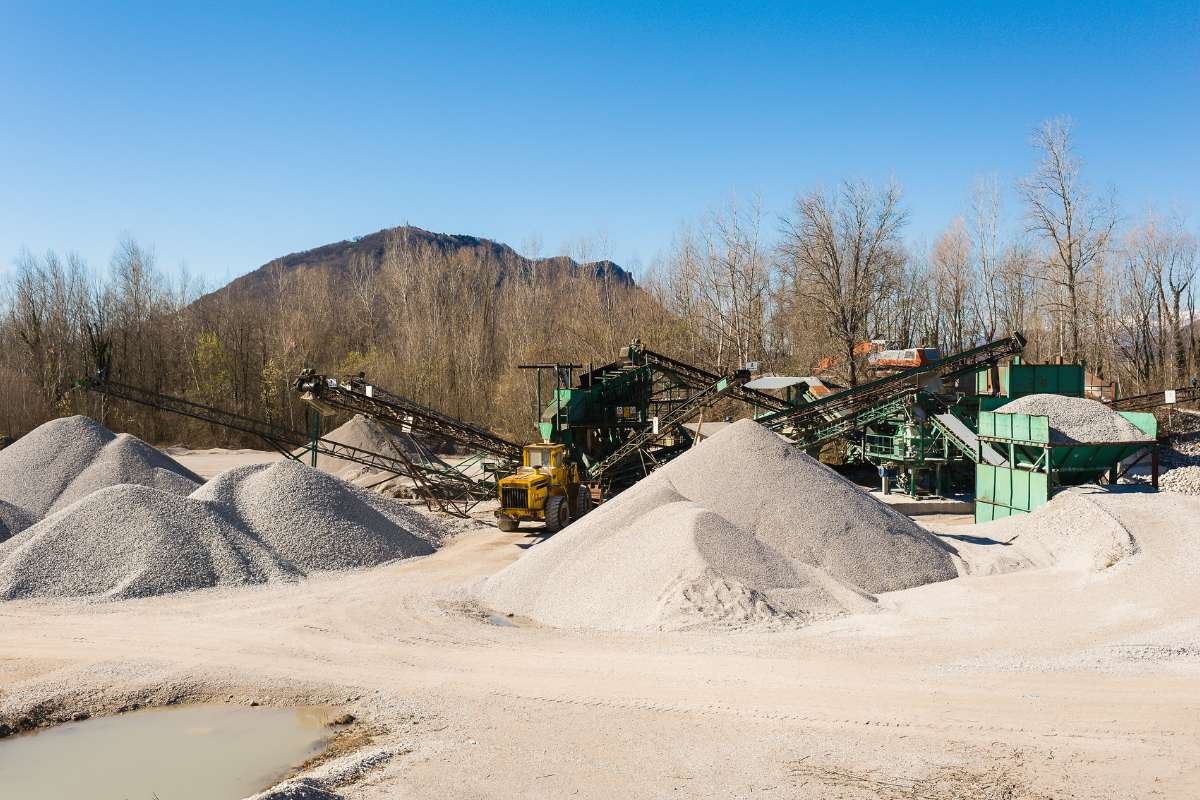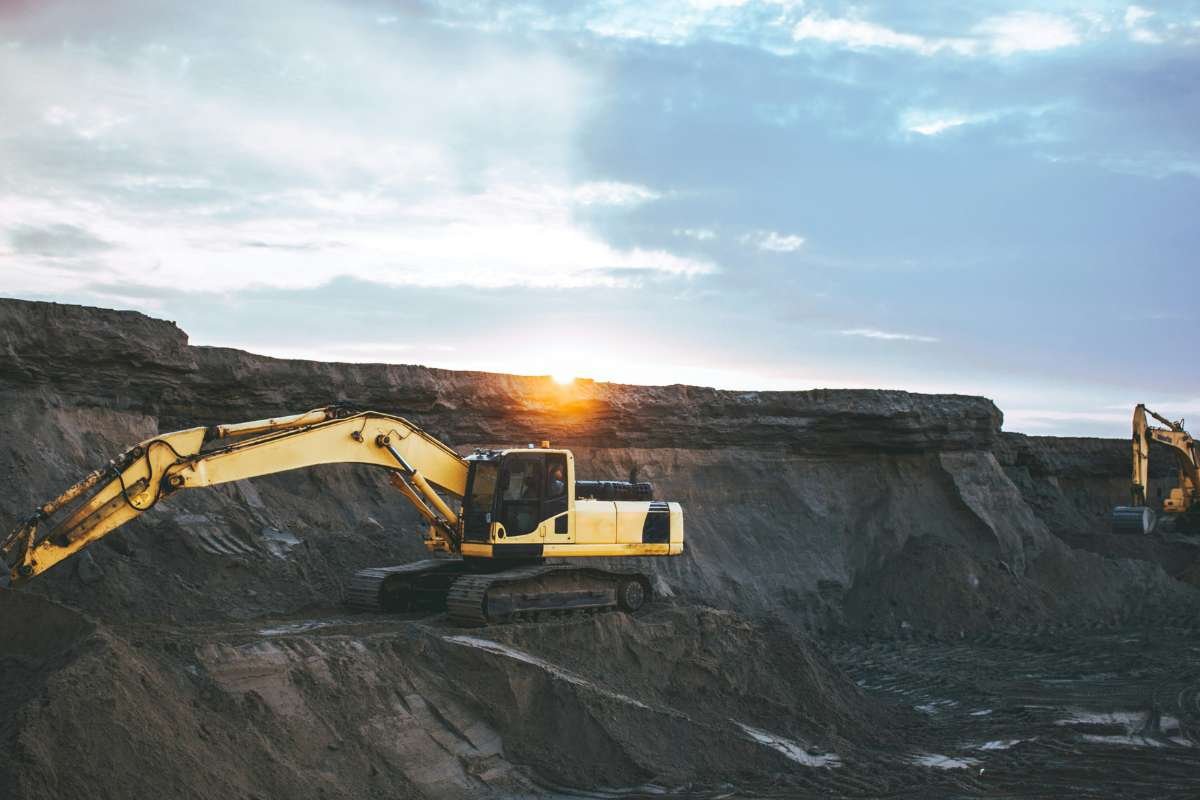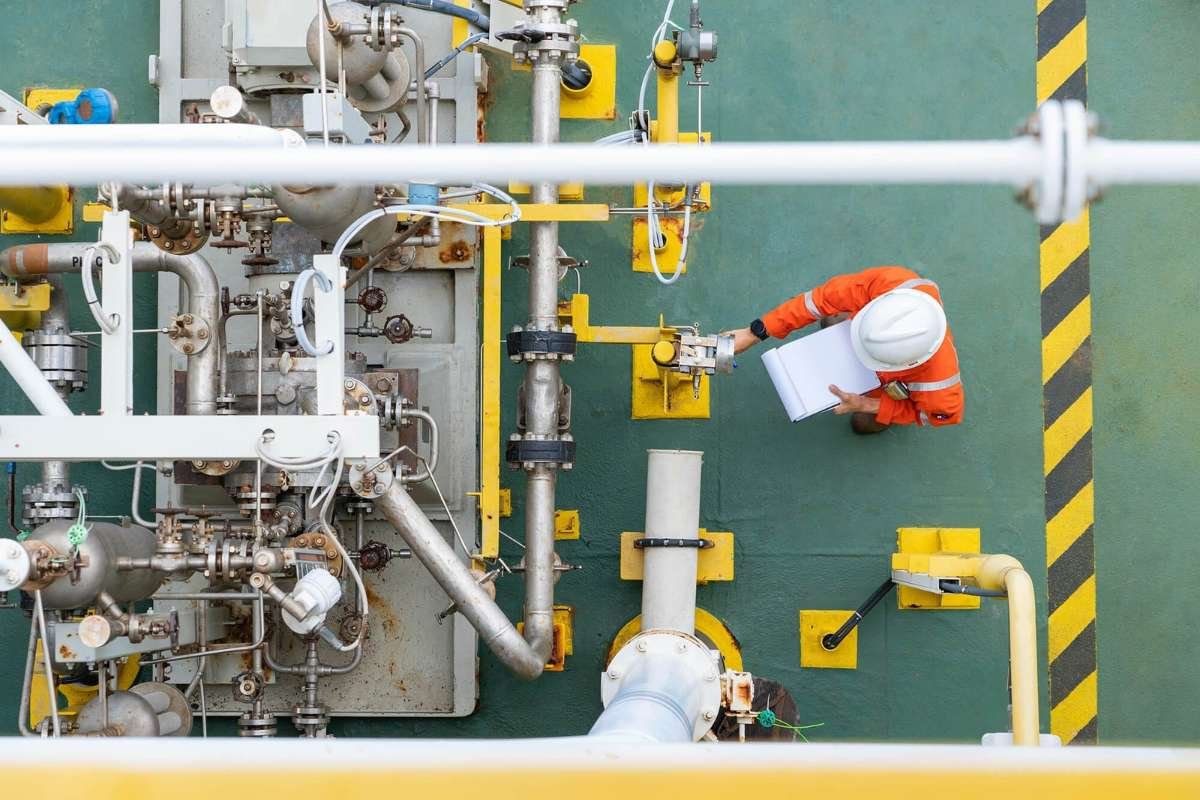As climate change becomes an ever more pressing issue, manufacturers are facing increasing pressure to reduce their environmental impact. Implementing sustainable practices not only benefits the planet but can also cut costs and improve public perception of your company. This article outlines practical strategies US manufacturers can utilize to minimize air emissions from their production processes while maintaining productivity and profitability.
Here are Proven Strategies for Minimizing Emissions in Production Processes
1. Leverage Process Efficiencies
Examining your existing processes to identify opportunities for increased efficiency is one of the most cost-effective ways to reduce waste and emissions. Simple changes like repairing steam leaks, installing variable speed drives on motors, and optimizing heating and cooling systems can significantly cut your energy use. Switching to high-efficiency lighting and machinery where possible creates further savings. Partnering with energy auditing services can uncover the most lucrative areas for efficiency investments specific to your operations.

2. Transition to Lower-Emitting Fuels
Prioritizing natural gas, biodiesel, and other less carbon-intensive fuels over coal and oil can markedly decrease air contaminants. Converting boilers, furnaces, and generators to run on alternative energy sources is a proven emissions reduction strategy. Seek out renewable fuel options available in your region that could feasibly power some portion of your facilities.
3. Utilize Available Technology
Significant technological advancements provide impactful tools for mitigating manufacturing emissions. Installing a wet gas scrubber like the ones from Ravebo, electrostatic precipitators, fabric filters, and other air pollution control devices allows for capturing over 99% of particle pollutants from exhaust streams. These systems pay for themselves over time through energy and input material savings in addition to meeting compliance requirements.

Leveraging real-time emissions monitoring networks and advanced sensor technologies also enables the identification of the highest-priority sources for reduction investments. The advent of AI-powered analytics makes predicting equipment maintenance needs and developing targeted corrective actions even more precise. Keeping abreast of the technologies relevant to your specific production processes is key for emissions mitigation over the long term.
4. Optimize Logistics and Transportation
There are significant emissions reduction opportunities to be found in examining your logistics operations. Optimizing transportation routes to minimize miles traveled can substantially cut fuel usage and costs. Transitioning shipping fleets to energy-efficient or electric vehicles pays dividends through lower long-term overhead and decreased greenhouse gas output. Utilizing rail transport instead of trucks whenever feasible further alleviates environmental impact.
Investing in intermodal hubs and warehouses to consolidate deliveries cuts unnecessary trips. Shift more freight transport to barges utilizing rivers and waterways if geographically proximate – these produce just one-fifteenth of the emissions of trucking. Prioritizing localized sourcing of raw materials and ‘nearshoring’ production also promotes efficiency.

Leveraging logistical improvements enables manufacturers to shrink their supply chain carbon footprint while speeding deliveries and getting goods to market more affordably. As an additional benefit, customers increasingly factor sustainability into purchasing decisions – so marketing eco-friendly logistics efforts boosts brand reputation.
The strategies for minimizing emissions outlined above represent proven, financially viable methods for manufacturers to minimize their environmental impact. While regulatory compliance is an important driver, reducing emissions also prepares businesses for success in an increasingly sustainability-focused economic landscape.


















